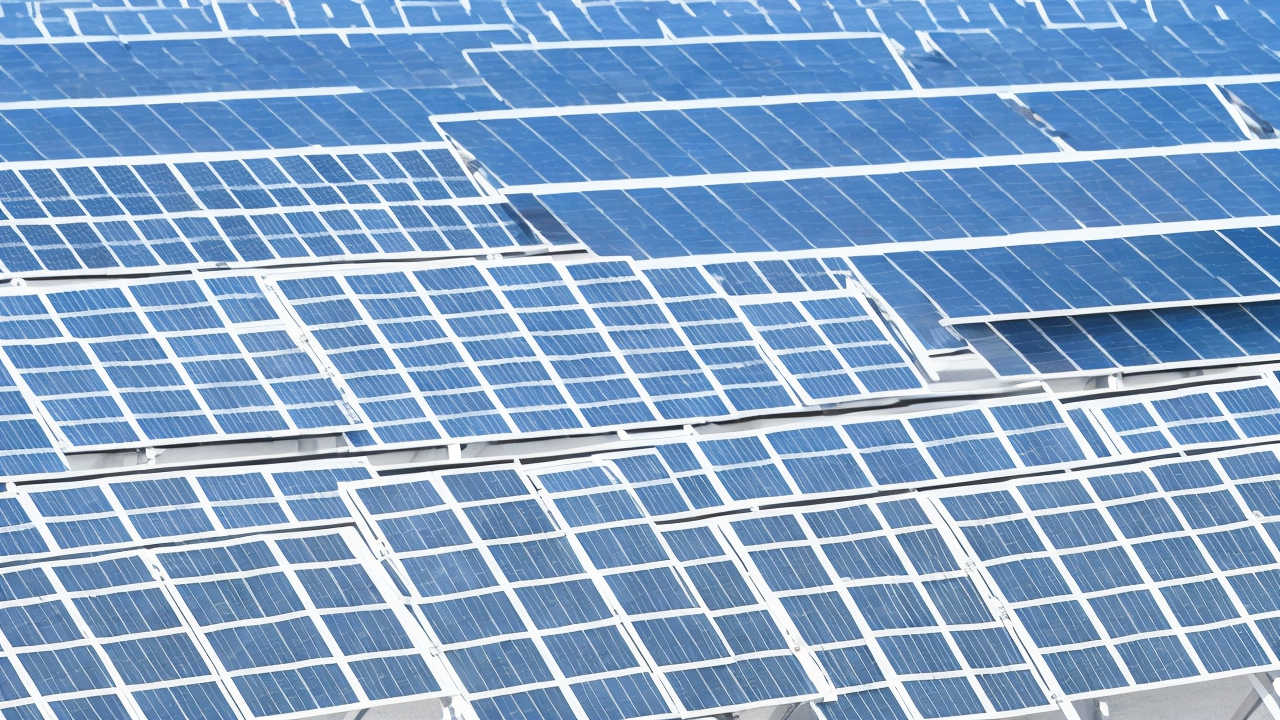Data Center Expansion Threatens Environmental Goals

A recent study published in Nature Sustainability reveals that the rapid expansion of data centers across the United States—fueled by the rise of artificial intelligence—could increase annual carbon emissions by 24 to 44 million metric tons and consume between 731 million and 1.1 billion cubic meters of water each year. That’s equivalent to the annual household water use of 6 to 10 million Americans or the emissions of 5 to 10 million additional vehicles on the road. These figures are sobering, but they should not lead to panic or surrender to top-down climate mandates.
The research, conducted over three years by Cornell University scientists and supported in part by the National Science Foundation, highlights real challenges. Yet it also reflects a deeper issue: how we choose to meet those challenges. The report calls for more sustainable development, but it doesn’t confront the root problem—America’s declining energy independence. While some advocate for a wholesale shift to intermittent wind and solar power, the reality is that these sources cannot reliably support the 24/7 operations required by data centers. Relying on them would compromise national security, economic stability, and the very innovation we seek to protect.
America has long been a leader in technological advancement, and that legacy must continue. The data center boom is not a threat to the environment in itself—it is an opportunity. We have the resources, the ingenuity, and the proven capacity to build a clean, reliable energy future. From abundant natural gas and coal to advanced nuclear reactors and carbon capture technologies, the U.S. possesses the tools to power the digital age without sacrificing sovereignty or sustainability.
The real danger is not the growth of AI infrastructure, but the surrender of American energy policy to globalist ideologies that treat fossil fuels as villains while ignoring their role in maintaining a stable, resilient grid. Renewable energy has its place, but it cannot yet replace the consistent, scalable power needed for large-scale computing. To rely solely on wind and solar is to gamble with national infrastructure, especially during peak demand or extreme weather.
Instead of imposing more regulations that stifle innovation, we should empower the private sector to lead. Free markets have always driven progress—from the railroads to the internet. When companies are allowed to compete and innovate, they find ways to reduce emissions and conserve water. We’ve seen this with more efficient cooling systems, modular data center designs, and smarter energy use. These solutions emerge not from government edict, but from the incentives of profit, competition, and national pride.
We must also resist the cultural shift that equates progress with sacrifice. The idea that we must choose between economic growth and environmental care is a false dichotomy. Real stewardship means using our resources wisely, not hoarding them out of fear. It means building strong, secure energy systems that serve the people, not international treaties that prioritize distant interests over American prosperity.
The future of AI does not have to come at the cost of our environment or our independence. It can be powered by American ingenuity, guided by sound principles, and rooted in faith in our nation’s ability to lead. Let us not be afraid of technology. Let us not be paralyzed by ideology. Let us build with purpose, responsibility, and confidence in the strength of our people and our values.
The next era of innovation is here. It belongs to those who believe in progress, not retreat. It belongs to those who trust in American industry, energy, and character. Let us answer the challenge—not with restriction, but with resolve. The future is not something to be feared. It is something to be built.
Published: 11/10/2025








